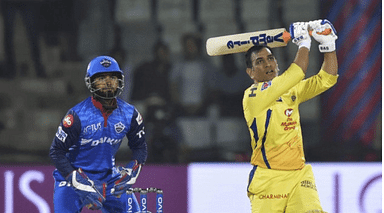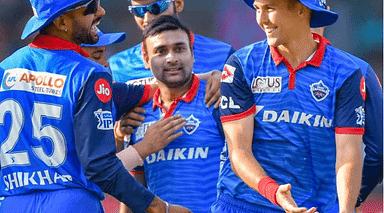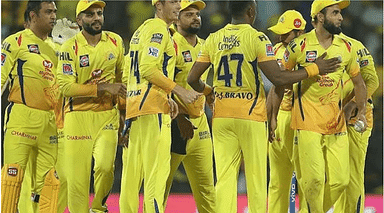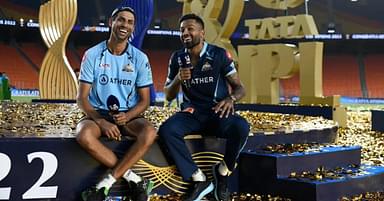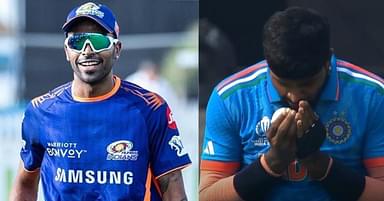Lalit Modi is a name most Indians would be abreast with. The Indian Premier League was his brainchild and he headed it as the IPL Commissioner for 3 years before he was ousted on charges of corruption and bid rigging. Since then, he has been trying to expose the IPL and all the misdeeds of those involved. This time he has again made the headlines wherein he has questioned MS Dhoni’s employment with the India Cements and has made public India Cement’s offer letter of employment to the former Indian captain. Here is all you need to know about the Dhoni-Modi-Srinivasan controversy.
Advertisement
India Cements, a cement manufacturing company in India, acquired the rights to the Chennai based franchise for 10 years by paying $91 million. Chennai Super Kings was born as one of the franchises of the cash-rich League in its founding year in 2008. N Srinivasan, who was the Treasurer of the BCCI at that time, was also the Vice Chairman and Managing Director of the India Cements and a debate of conflict of interest ensued as an administrator had direct interest in one of the franchises of the League.
ALSO READ : BCCI selection committee head gives reason for not selecting Rishabh Pant and Kuldeep Yadav
In September 2008, Clause 6.2.4 of the IPL’s Regulation for Players, Team officials, Umpires and Administrators was amended. It initially read, “No administrator shall have, directly or indirectly, any commercial interest in the matches and events in the matches and events conducted by the board.” This Clause was amended to, “No administrator shall have, directly or indirectly, any commercial interest in any of the events of the BCCI, excluding IPL.” Following this amendment, Srinivasan was promoted to the post of Secretary of the BCCI. It was pretty clear that the amendment was only done to accommodate Srinivasan’s multiple interests.

Srinivasan was officially appointed as the President of the BCCI on 19th September thereby increasing his power and authority. He made quite some decisions which were in the interest of the Chennai Super Kings by virtue of being in a powerful position in the BCCI. According to most franchise owners, it was initially conveyed to them that all the players would go back to the auction pool after 3 years. This failed to happen as the franchises were allowed to retain upto 4 players. This decision was potentially made to retain MS Dhoni who was bought for $1.5 million in the 2008 auction. With Dhoni’s brand value increasing from 2008, he may have been snatched up by other franchises ensuing huge losses to Srinivasan’s India Cements as their franchise’s face would no longer be with them.
ALSO READ : Dhoni’s brilliant advice to the selectors for the Champions Trophy
Srinivasan continued to use his power as BCCI President to further the cause of India Cements. Soon, Srinivasan, in consultation with the Chairman of India Cements, decided to offer M.S. Dhoni the post of an honorary employee of India Cements in a bid to increase and almost guarantee Dhoni’s loyalty to the franchise. He was appointed as the Vice President (Marketing) of India Cements and became an employee of India Cements officially. This was another position of conflict of interest on the part of MS Dhoni who was on one hand, leading the CSK and on the other hand, he was an employee of the owners of the CSK.
To M.S Dhoni’s defence, he might not have been aware that he was entering into a contract which would amount to conflict of interest. Srinivasan and Co. may have blinded the skipper. However, it was Dhoni’s responsibility to ensure that he does not end up in such a situation. Accepting the honorary position is being questioned by Lalit Modi who has revealed the details of his salary as well and has questioned the need for Dhoni to accept this offer of a few lakhs in a year since he earns crores of money throughout the year anyway. It will be interesting to see how Dhoni and India Cements react to this latest revelation by the ousted former IPL chief.

